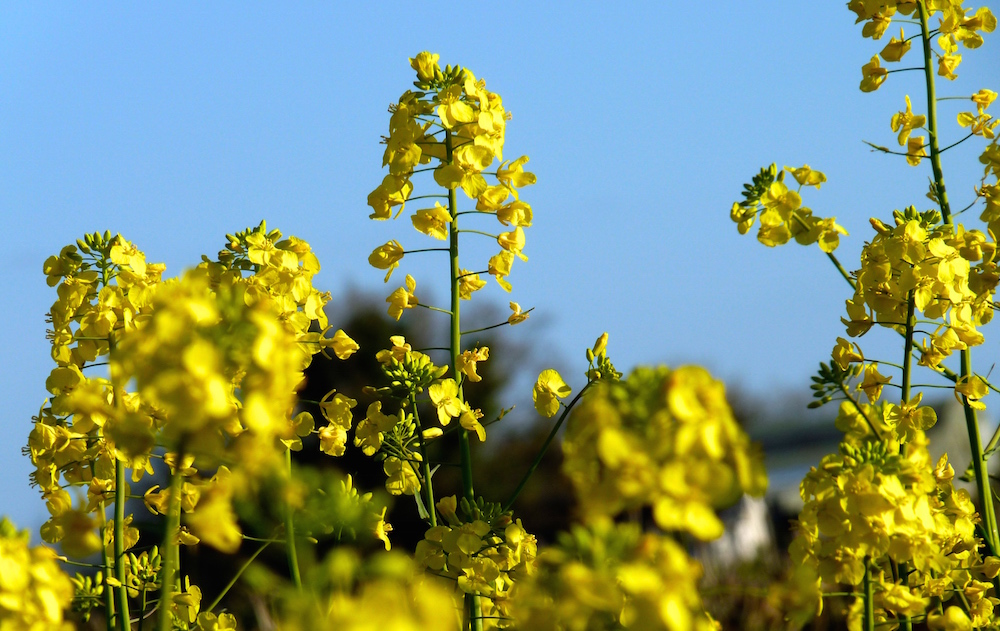It’s good to know that we have many eyes out in our wilderness areas, watching out for new outbreaks of invasive plants that threaten our local plants and wildlife. For example, on March 11 th, California Native Plant Society biologists reported to Irvine Ranch Conservancy (IRC) that two newly observed populations of Sahara mustard, an invasive species, were spotted in Laguna Coast and Aliso and Wood Canyons Wilderness Parks.
That same day, IRC biologists contacted several land management agencies, including Orange County Parks (OC Parks) and Laguna Canyon Foundation (LCF), about these mettlesome plants. Once we got word of these mustard populations, staff and volunteers with LCF, OC Parks and The Nature Conservancy joined forces to remove over twenty 55-gallon bags of pulled mustard between March 14 and 19 at two different sites. Additionally, members of the CNPS and volunteers with IRC lent hands in removing these weeds.
This is a success story for two reasons. First, this report demonstrates how effectively volunteers and biologists with various organizations can mobilize quickly to address a threat to our environment. Second, had we not acted quickly, these mustard populations would have increased even more as many of the plants were almost ready to go to seed. By responding efficiently, we increased the likelihood that these populations won’t continue to spread.
What makes Sahara mustard such a problematic weed is that it generates many seeds, inhibits the growth of native species, and poses a fire hazard in wilderness areas. A large mustard plant can generate up to 16,000 seeds. When seeds do germinate, the seedlings grow quickly and outcompete native plants for light and soil moisture. Finally, when these annual plants die they form a tumbleweed that is a fire hazard.
We count our efforts a success, even though we did not remove every individual of Sahara mustard. The Orange County chapter of the California Native Plant Society can count this removal effort as a successful example of their new invasive plant management program to identify occurrences of invasive plants and work rapidly with local land managers to stamp out a new population before it explodes out of control.
One indication of how important it is to control Sahara mustard can be observed in California’s Sonoran and Mojave deserts. According to Darren Sandquist, Professor of Biology at California State University, Fullerton, “Sahara mustard is the bain of the desert”. He went on to state that although its not certain if this invasive species will get the same foothold in our coastal sage scrub habitat as it has in the desert, “We don’t want to ever find out.”
